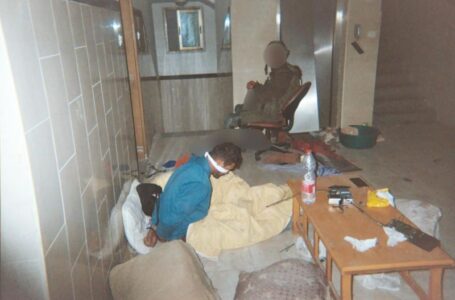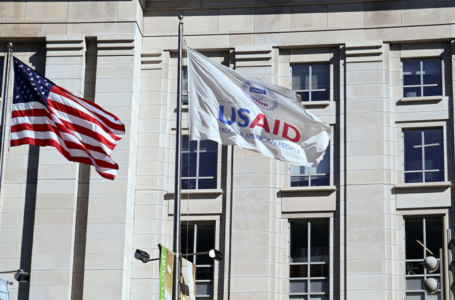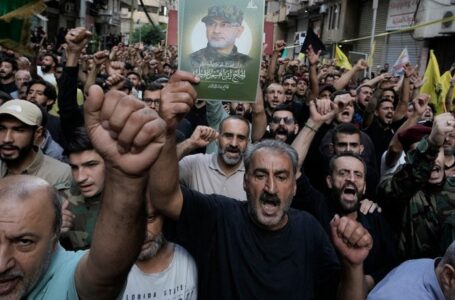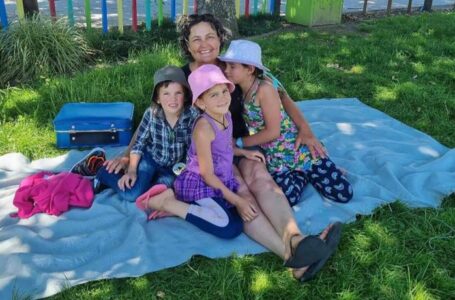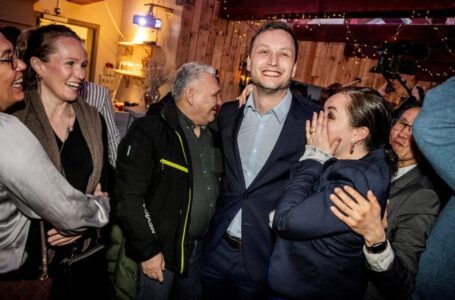Pacific castaways’ ‘HELP’ sign sparks US rescue mission – and an unexpected family reunion
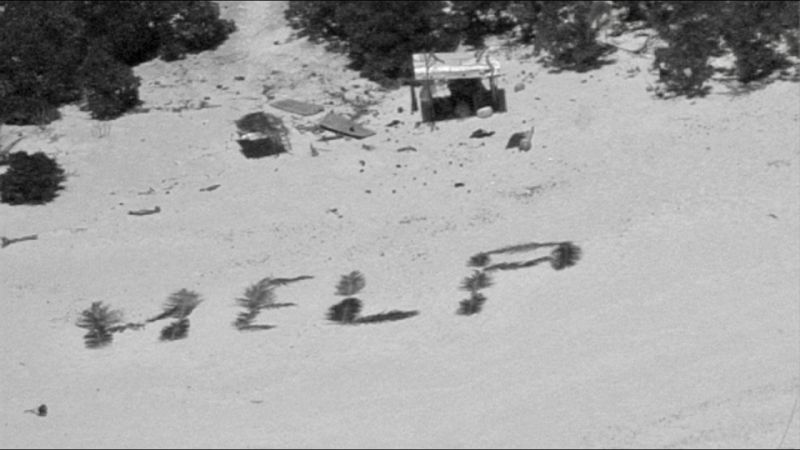

A US Navy and Coast Guard operation on Tuesday rescued three mariners stranded on a tiny Pacific Ocean islet for more than a week after the trio spelled out “HELP” using palm fronds laid on a white-sand beach.
The mission also unexpectedly turned into a family reunion.
The three men had been planning to fish the waters around the Pikelot Atoll, part of Micronesia, on March 31 when their 20-foot open skiff was caught by swells and its outboard motor was damaged, according to US Coast Guard officials.
They scrambled ashore on uninhabited Pikelot, but their radio ran out of battery power before they could call for help.
So the castaways gathered palm fronds from the 31-acre island, arranged them to spell out “HELP” on the beach, and waited, according to a Coast Guard statement.
For a week, the men lived off coconut meat, but they did have fresh water from a small well on the island, which is sometimes visited by fishers in the region, Coast Guard officials said.
The search for the men began on April 6, when one of their relatives called rescue officials in the US Pacific territory of Guam, saying they had not returned to Polowat Atoll, an island more than 100 miles away, where the three started their voyage on Easter Sunday.
It is difficult to overstate just how remote Piklelot is. The island is part of the Federated States of Micronesia, a Pacific nation between the Philippines and Hawaii that is made up of more than 600 islands scattered across about 2.5 million square kilometers of ocean.
The Coast Guard said a US Navy P-8A reconnaissance jet dispatched from Kadena Air Base on Okinawa, Japan, spotted the palm-frond “HELP” sign on the beach on April 7.
Lt. Chelsea Garcia, the search-and-rescue mission coordinator on the day the trio was located, said the sign was “crucial” to finding them in a search area that covered more than 103,000 square miles.
“This act of ingenuity was pivotal in guiding rescue efforts directly to their location,” Garcia said in a statement.
The Navy jet dropped survival packs to the three men and relayed their location to the rescue center.
A day later, a Coast Guard HC-130 flying from Air Station Barbers Point in Hawaii dropped a radio to the men, who were able to tell the crew they were in good shape and eager for help to get back to Polowat.
When the Coast Guard cutter Oliver Henry reached Pikelot on April 9, the story took another twist.
One of the first rescuers on the beach was Petty Officer 2nd Class Eugene Halishlius. The stranded men were surprised to see that Halishlius was Micronesian and spoke the local language.
When he gave his name to the first of the stranded men to reach the rescue boat, the castaway was stunned: they were related.
“It’s a crazy world, I actually found out I’m related to them!” Halishlius said.
“He couldn’t believe I’m with the Coast Guard trying to rescue them.”
The man was a third cousin, the others fourth cousins, he said.
Amazingly, this was not the first rescue of castaways from Pikelot.
In 2020, three other men traveling between two Micronesian atolls found themselves washed up there after their boat ran out of fuel during their voyage.
Those three spelled out “SOS” on the beach, a message that was spotted by the crew of a US Air Force tanker operating out of Andersen Air Force Base on Guam, which then directed Coast Guard, Micronesian and Australian naval units to get the men from the island.
How does this happen on the same island twice in four years?
“It could be coincidence,” said Chief Warrant Officer Sara Muir, public affairs officer for US Coast Guard Forces Micronesia.
“The people of Micronesia frequently travel island to island, and do so with a great deal of skill and experience,” she said.
But occasionally, accidents happen. And so do unexpected family reunions.


